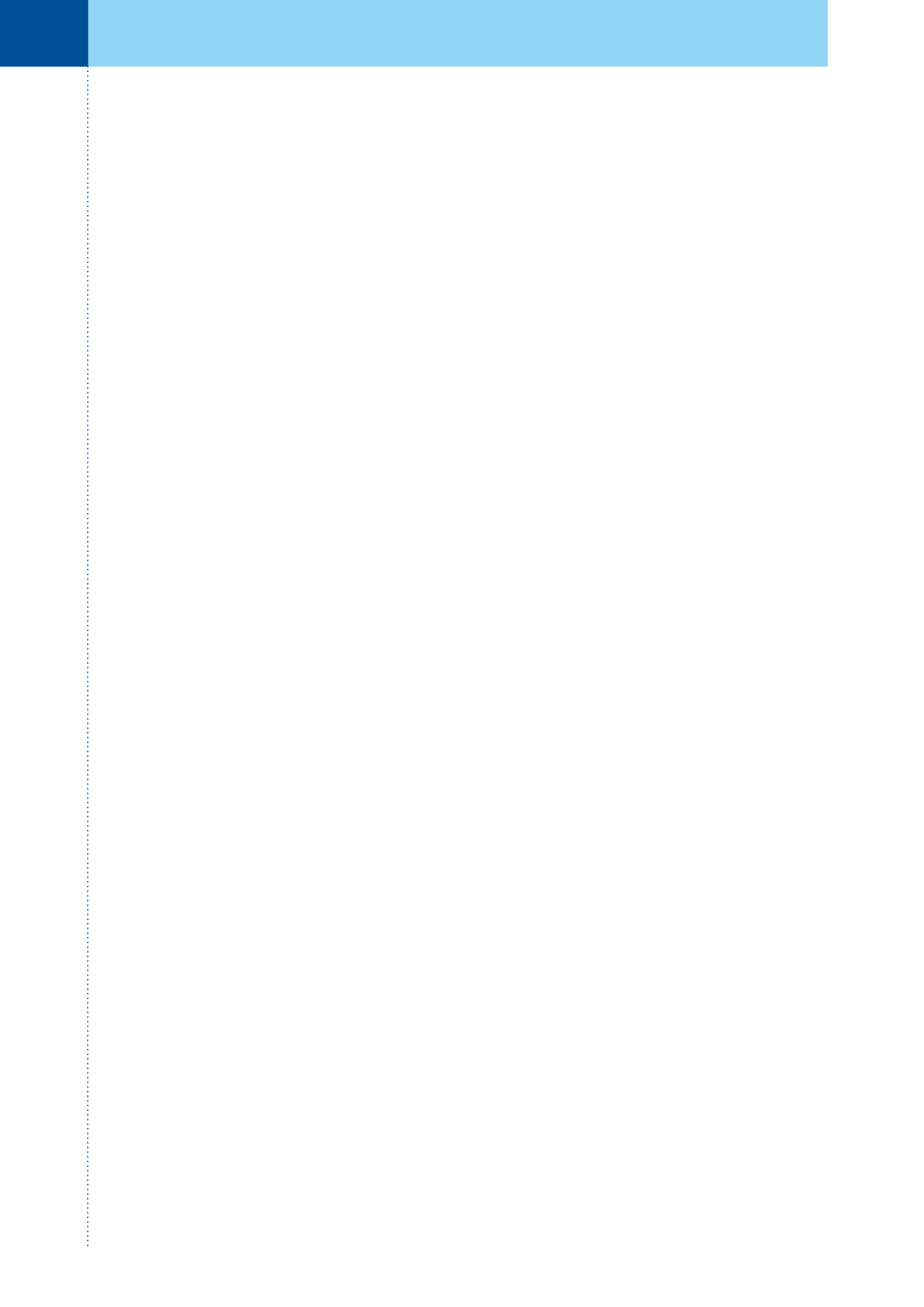

222
Ces Urol 2016; 20(3): 221–228
ORIGINÁLNÍ PRÁCE
parciální (≤ypT1N0). Medián délky sledování dosáhl
14 měsíců (1–71). Dvouleté přežití bez progrese
(PFS) jsme posuzovali pomocí Kaplan-Meierových
křivek a srovnání přežití v rámci podskupin pomocí
log-rank testu.
Výsledky:
Dvouleté přežití bez progrese
onemocnění bylo v celém souboru 69% (95%
CI 52–86), u pacientů s klinicky negativními uzli‑
nami (cT2–4N0) až 81%. Kompletní nebo parciální
odpověď jsme zaznamenali u 41%, resp. 59% paci‑
entů. Pravděpodobnost dosažení alespoň parciální
odpovědi na chemoterapii (≤ypT1N0) byla vyšší
u nádorů cT2 (76%) než u cT3–4 (40%). Dvouleté
přežití bez progrese onemocnění bylo signifikantně
lepší v případě odpovědi na chemoterapii: 93%
u patologického ypT0, 83% u ypT1, 50% u ypT2
a 31% u ypT3–4 (p=0,003).
Závěr:
Pacienti s odpovědí na NACH měli sig‑
nifikantně lepší dvouleté přežití bez progrese ve
srovnání s pacienty bez odpovědi. Do budoucna
je nutná lepší selekce pacientů k NACH, identifikace
responderů, k čemuž by mohl přispět vývoj nových
molekulárních markerů.
KLÍČOVÁ SLOVA
Chemoterapie, neoadjuvantní léčba, nádory mo‑
čového měchýře.
SUMMARY
Staník M, Poprach A, Macík D, Čapák I, Jar‑
kovský J, Malúšková D, Marečková N, Lakomý R,
Doležel J. Neoadjuvant chemotherapy in muscle‑
-invasive urothelial bladder cancer: correlation of
response with patients survival.
Major statement:
Response rates to neo‑
adjuvant chemotherapy were high in our co‑
hort of 41 patients with muscle-invasive bladder
cancer. Patients with a complete response had
significantly improved 2-year progression-free
survival compared with the patients with resi‑
dual disease.
Aims:
Neoadjuvant chemotherapy (NAC) was
shown to improve the overall survival in rand‑
omized trials. The aim of the study was to evaluate
the frequency of response to NAC and the impact
on prognosis of the disease.
Methods:
From January 2010 to October 2015
124 patients with bladder cancer underwent radi‑
cal cystectomy and 41 of them (33%) received
NAC. Chemotherapy was indicated in cT3–4 or
cN+ tumours, cT2N0 disease only in presence of
risk factors like hydronephrosis or lymphovascular
invasion.
Glomerular filtration rate >50 ml/min and ECOG
performance status ≤1 were used as chemotherapy
eligibility criteria. Gemcitabine and cisplatin was the
most frequently used regimen (85%). Response to
chemotherapy was defined as complete (ypT0N0)
or partial (≤ypT1N0). The median follow-up was 14
months (1–71). The Kaplan-Meier methods were
used to calculate two-year progression-free survival
(PFS) and subgroup survival comparison using
log-rank test.
Results:
Two-year PFS rates were 69% (95%
CI 52–86) for the whole cohort and 81% in patients
with clinically negative lymph nodes (cT2–4N0).
Complete or partial responses to NAC were seen
in 41% and 59%, respectively. The probability of at‑
taining at least partial response to NAC (≤ ypT1N0)
was significantly higher in cT2 tumours (76%) than
in cT3–4 (40%). Two-year PFS was significantly
higher in case of response to chemotherapy: 93%
in ypT0, 83% in ypT1, 50% in ypT2 and 31% in
ypT3–4 (p=0.003).
Conclusion:
Patients with a response to NAC
had significantly improved 2-year PFS compared
with the patients without the response. In the
future, the development of new molecular bio
markers is warranted, that would allow better se‑
lection of patients to NAC.
KEY WORDS
Chemotherapy, neoadjuvant therapy, urinary blad‑
der neoplasms.
………
ÚVOD
V léčbě invazivních nádorů měchýře nedošlo za
posledních 30 let k zásadnímu průlomu. Základem


















